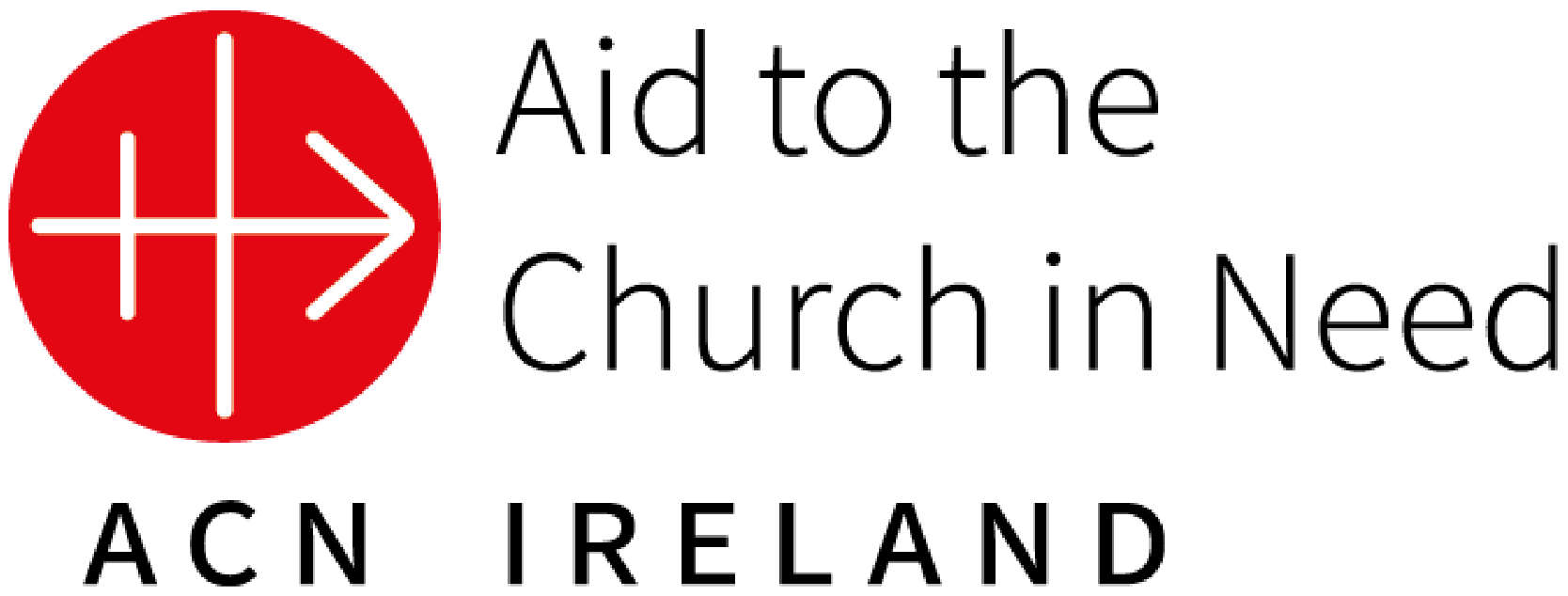Ethiopia: Building a House of Prayer
It begins with gathering the people under a big tree. Before putting up a prayer house, one must establish a community. When there is a community, the whole village contributes. They cut some trees, they mix the clay, the priest brings some nails, some iron sheets, and altogether put up a prayer house.
By Magdalena Wolnik
Construction of Uganda Martyrs’ Chapel at Jimteha, Ethiopia. (Credit: Aid to the Church in Need)
“When you have a chapel, a prayer house in the middle of a village, Christ’s presence becomes real in that village. Because it is not simply a physical house but filled with the people who come to pray there” – explains Fr. Isaiah Sangwera, a Kenyan Comboni missionary working in Gublak, on the eastern border of Ethiopia.
But, what can be worse than to build a prayer house of wood and clay in an area full of termites? After some time, the wooden pews, the altar and the wall structure begin to crack more and more, the wall bends and finally collapses. Snakes and scorpions, which are abundant in this area, easily slip through the holes in the walls. Which parent will send their child to catechesis in such a place?




Father Isaiah enters in one of these slanted and cracked chapels. A meter-high mound of termites swirls at the altar site. It was a work of just one night in one of the many houses of prayer here. To reach some of them Fr. Isaiah must travel for a half-a-day on foot. He has been working in this area for 8 years, creating a rather peculiar community with two other missionaries: Fr. John from Italy and Fr. Elvis from Peru. Fr. Isaiah says: "I feel very much at home among the Gumuz people, because their culture, their social life, their daily life very much resembles the place where I was born, and where I come from.”
Gumuz are kind of semi-nomads, not by the way they move from place to place, but by their way of life measured by the rhythm of seasonal hunting. For centuries they were slaves of the stronger and educated Amhara from the highlands. Fr. John Baccanelli, the most experienced missionary in the team, who has trained future Ethiopian priests for 30 years, says that the Gumuz have been marginalised and oppressed for many years.
Nevertheless, when reaching a new village the missionaries respectfully talk to the elders, then gather people under the tree, begin the telling of the story of Christ the Saviour, answer long-worn questions, and people ask them to come back. It happens so often and there are so few that they cannot keep up with all requests. This is how building a community begins.




Although 45 per cent of Ethiopians are followers of the ancient Tewahedo non-Chalcedonian Orthodox Church, they are quickly chased by Muslims, today 35 per cent of the population, and Pentecostal communities, which account for over 20 per cent of Ethiopia's population. Catholics constitute only one per cent of the Ethiopians but are one of the very few present among the centuries-despised Gumuz.
When a termite-eaten chapel collapses, is it a sign that the community is also breaking down? Not when it can count on the solidarity of the Church crossing the boundaries of ethnic groups, countries and cultures. Father Isaiah has just sent ACN the photos of the new, stable chapel, packed to the brim with people. He adds a message: “With the help of Aid to the Church in Need we put up this new house of God where people can meet and worship. Anyone coming here knows that God’s presence is in this place. May Almighty God keep blessing you and your families. Thank you!”

